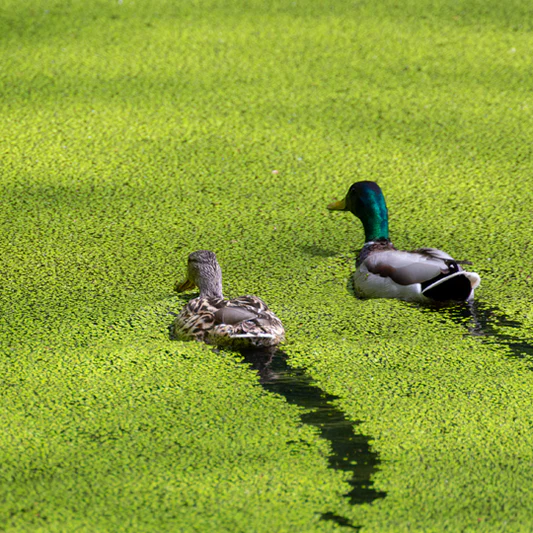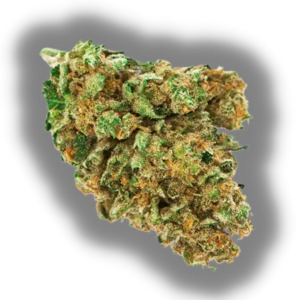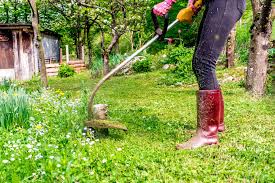Duck Weed, Duckweed, a group of small, free-floating aquatic plants, is increasingly gaining attention for its ecological, economic, and environmental benefits. Often found in ponds, lakes, and slow-moving water bodies, this humble plant may look insignificant at first glance, but it plays an essential role in ecosystems and offers exciting possibilities for industries like agriculture, wastewater treatment, and renewable energy.
What is Duckweed?
Duckweed (family Lemnaceae) consists of several species, including Lemna, Wolffia, and Spirodela. These plants are known for their rapid reproduction and small size, with some varieties measuring only a few millimeters across. Duckweed thrives on the water’s surface, where it absorbs sunlight and nutrients directly through its leaves, as it lacks stems or proper roots.
Ecological Role of Duckweed
Duckweed provides many ecological benefits:
- Water Filtration: It can absorb excess nutrients like nitrogen and phosphorus, preventing harmful algal blooms.
- Carbon Sequestration: As it grows, duckweed captures carbon dioxide, contributing to carbon mitigation efforts.
- Habitat for Aquatic Life: Duckweed mats offer shade and refuge to small fish and invertebrates while maintaining cooler water temperatures.
Agricultural and Industrial Uses
Duckweed is emerging as a sustainable crop and feed option.
- Animal Feed: It is rich in protein, making it a nutritious feed for livestock, poultry, and fish. Some varieties have up to 40% protein content, comparable to soybeans.
- Biofuel Production: Duckweed’s rapid growth makes it a promising raw material for bioethanol and biodiesel production. Its fast reproductive cycle ensures a steady biomass supply.
- Human Consumption: In some regions, especially Southeast Asia, species like Wolffia are used in traditional dishes due to their high nutritional value. Researchers are also exploring its potential as a plant-based protein source.
Duckweed in Wastewater Treatment
One of the most exciting applications of duckweed lies in wastewater treatment. It effectively removes toxins, heavy metals, and excess nutrients from polluted water. Many wastewater facilities have begun to integrate duckweed-based systems to purify water while simultaneously generating biomass that can be reused for energy or feed.
Challenges and Management
Although beneficial, unchecked duckweed growth can sometimes cause problems. It can block sunlight from reaching submerged plants and reduce oxygen levels in the water, potentially harming fish populations. Regular monitoring and harvesting can prevent overgrowth and maximize its usefulness.
Conclusion
Duckweed, often dismissed as a weed, is proving to be a valuable ally in addressing environmental challenges. Its versatility across industries, from agriculture to wastewater treatment, demonstrates its potential as a sustainable resource. As research continues, duckweed might soon become a key player in the global push for greener, more sustainable practices.
With its ecological importance and diverse applications, duckweed truly stands out as more than just a small aquatic plant — it’s a powerhouse of possibilities.
You Might Also Like These:



